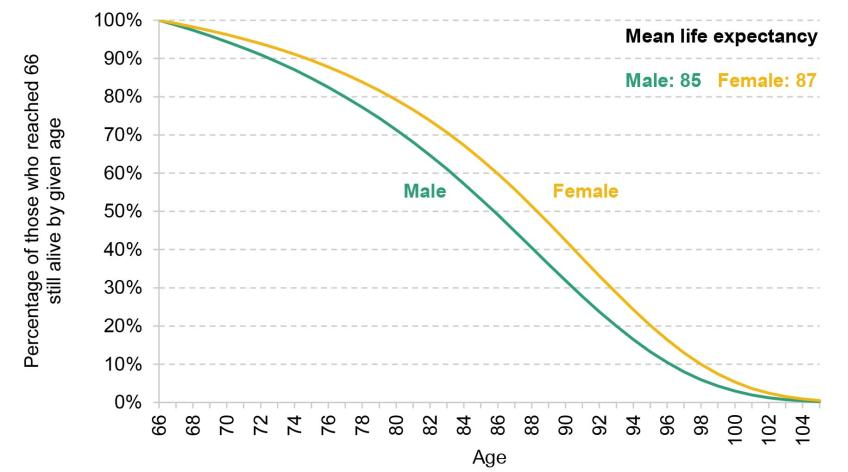The UK Labour Party has confirmed it will reintroduce a cap on the total amount individuals can accumulate in their pension savings without incurring extra tax. The move, championed by Shadow Chancellor Rachel Reeves, reverses a key policy of the current Conservative government. This decision on Labour pension tax changes aims to make the tax system fairer but has raised concerns among financial experts about its potential impact on high earners and long-term saving incentives.

Labour’s Pension Policy Shift
| Aspect | Detail |
| Core Policy | Reinstating a limit on tax-free pension savings, a version of the former Lifetime Allowance (LTA). |
| Primary Target | The wealthiest savers who benefited most from the LTA’s abolition. |
| Stated Goal | To raise revenue for public services, such as the NHS, and improve tax fairness. |
| Main Concern | Potential to disincentivise saving and reintroduce retirement penalties for senior professionals. |
Export to Sheets
What is Labour Proposing for Pensions?
The Labour Party intends to reinstate a cap on the amount of money a person can save in their pension pot over their lifetime before facing additional tax charges. This effectively reverses the decision made by the current Chancellor, Jeremy Hunt, who abolished the £1.07 million lifetime allowance (LTA) in his 2023 Spring Budget.
In a statement, Rachel Reeves argued that the abolition of the LTA was a “tax cut for the wealthiest 1%” and that her priority would be to use the funds for public services. “We will reintroduce a lifetime allowance,” Reeves confirmed, although she suggested it would be tailored to prevent public service leaders, like senior doctors in the National Health Service (NHS), from being penalised for continuing to work. The precise level of the new cap has not yet been announced.
Understanding the Original Policy Change
The Conservative government scrapped the LTA primarily to address workforce shortages in the public sector. The Office for Budget Responsibility (OBR) had noted that the allowance was creating a “cliff-edge” incentive for some senior staff, particularly experienced doctors, to take early retirement. By continuing to work and contribute to their pensions, many were breaching the £1.07 million ceiling and facing tax charges of up to 55% on the excess amount.
According to a report from the Treasury at the time, removing the allowance was intended to “incentivise highly-skilled individuals to remain in the labour market.”

Impact of the Labour Pension Tax Changes
The reintroduction of a pension savings cap would primarily affect individuals with the largest pension pots. While Labour has stated its intention to include protections for public sector leaders, the specifics of how this would work remain unclear.
Who Will Be Affected?
Analysis from the Institute for Fiscal Studies (IFS) suggests that the original LTA affected a relatively small but growing number of people. Before its removal, around 1.6 million workers were projected to be impacted by the time they reached retirement. Labour’s policy would once again place a ceiling on tax-efficient savings, impacting high-earning executives, successful business owners, and senior public servants who accumulate substantial pension wealth over their careers.
The View from Financial Experts
The proposal has created uncertainty within the pensions industry. Experts warn that frequent changes to pension tax relief rules can undermine confidence and complicate long-term financial planning.
“Constant tinkering with pension policy creates significant uncertainty for savers,” said Nigel Peaple, Director of Policy and Advocacy at the Pensions and Lifetime Savings Association (PLSA). He added that while the LTA affects a minority, its reintroduction could have a chilling effect on the broader appeal of pensions as a reliable vehicle for retirement savings. There is also concern that another policy reversal would create administrative complexity for pension providers.
The Political and Fiscal Rationale
Labour’s position is rooted in fiscal responsibility and fairness. The party estimates that abolishing the LTA costs the UK Treasury approximately £800 million per year. Reversing this, they argue, would free up significant funds that could be redirected to priorities like reducing NHS waiting lists.
This policy forms a key part of Labour’s broader economic strategy, which focuses on ensuring that those with the “broadest shoulders” contribute more. The move is designed to draw a clear political line with the Conservatives on tax and spending ahead of the next general election.
The final details of Labour’s proposed pension cap, including its level and any special dispensations, would likely be outlined in the party’s election manifesto or in the first budget of a new Labour government. This leaves savers and financial planners in a period of anticipation, waiting for clarity on rules that will shape retirement decisions for years to come.
£18 Billion Pension Panic! Why UK Savers Are Rushing to Withdraw Before the Tax Hammer Falls
This Simple Plan Could Save Your Local Pension; But Does Reform UK Have It Right?
Up to £59,000 Gain for Savers Who Change Pension Providers
FAQs
What was the pension lifetime allowance (LTA)?
The LTA was a limit on the total value of tax-privileged pension benefits an individual could build up over their lifetime. Savings above this limit, which was £1,073,100 when it was abolished, incurred a significant tax charge.
Why did the Conservatives scrap the LTA?
The government scrapped it to prevent senior public sector workers, particularly doctors, from retiring early to avoid breaching the allowance and facing heavy tax penalties, thereby aiming to retain experienced staff in the workforce.
How much could Labour’s plan raise for the Treasury?
Labour and independent analysts estimate that reinstating a form of the LTA could generate around £800 million in annual tax revenue.





